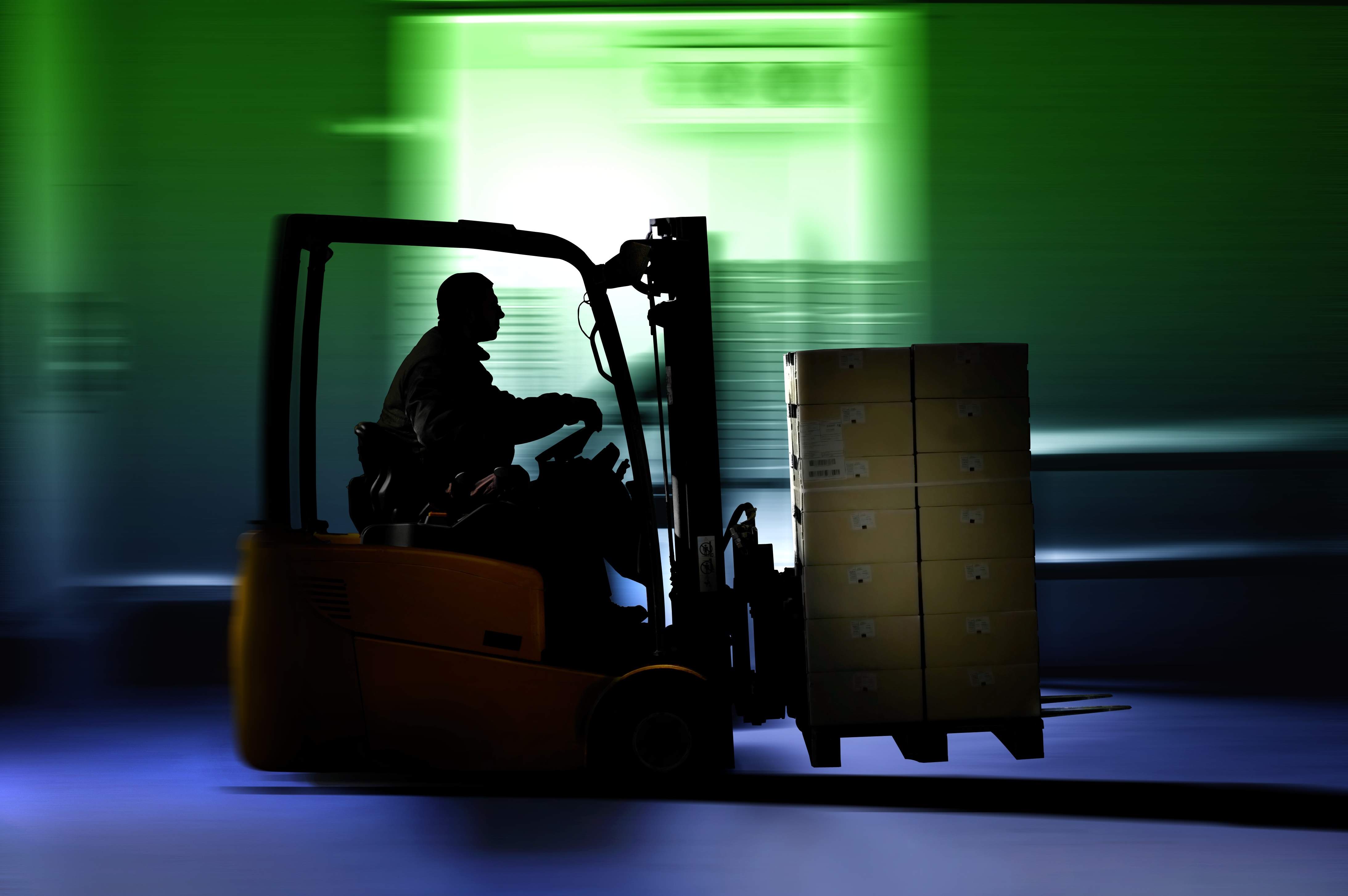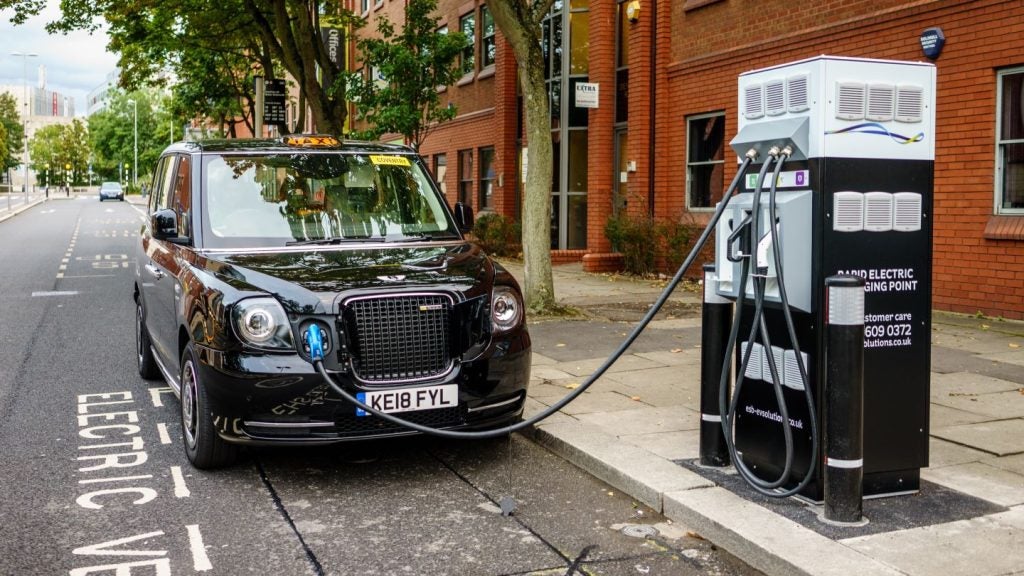
An enterprise that produces goods will also need to move them. Whether they are bound for a ship overseas, the other side of the country, or simply the opposite end of the warehouse, items must be handled efficiently, in block, and with the minimum risk of accident.
That is where materials-handling equipment comes in. Whether it is for a one-man business or a large corporation, finance for machinery such as forklifts is always in healthy, steady demand.
“There is a strong correlation between demand for materials handling assets with the GDP of a country or a region,” says Neal Garnett, president of DLL’s global construction, transport and industrial equipment business.
“[It is] an attractive asset class, because the economic cycle is not that extreme compared to, for example, the construction and transport markets, where the peaks and troughs are more significant. You generally see a smoother cycle – neither feast nor famine.”
If demand for forklifts is so stable, it is also because they often constitute a basic necessity for daily business operations. In fact, businesses usually see the procurement of such machinery more as an operating expense than a revenue-generating investment.
“Generally, materials-handling assets are need-to-have assets,” says Garnett. “You do not view them as something you particularly want to cherish, or understand in terms of how much value they do or do not have. [They are not] something you build equity in and trade – although an ownership mentality does pervade in a minority of European countries.”
How well do you really know your competitors?
Access the most comprehensive Company Profiles on the market, powered by GlobalData. Save hours of research. Gain competitive edge.

Thank you!
Your download email will arrive shortly
Not ready to buy yet? Download a free sample
We are confident about the unique quality of our Company Profiles. However, we want you to make the most beneficial decision for your business, so we offer a free sample that you can download by submitting the below form
By GlobalDataAccordingly, most businesses nowadays prefer to have such equipment on a lease – in most cases an operating hire with servicing and maintenance.
Adrian Langford, chief executive officer of Rivermore Finance, said operating hire in the field really came into its own around 20 years ago. “That has enabled a lot of customers to fix their costs and budgeting through a simple rental,” he explains.
“Going way back, they would have either purchased [the equipment], piling up a lot of cash in the asset which could often be better spent elsewhere, or they would have entered a hire purchase and be responsible for all the maintenance themselves.”
The inclusion of maintenance support in the contract is crucial: Since forklifts are meant to relieve workers of physically taxing – and potentially dangerous – activities, there is high potential for accidents and breakdowns.
“Personally, I would not want to own materials-handling equipment, because of [the care required],” says Jonathan Gee, area sales manager at Close Brothers Asset Finance.
“If you have it on contract hire with maintenance, then if there is damage or it needs servicing, it is all covered within a fixed monthly payment.”
Long-lasting assets
The fact that materials-handling equipment can be repaired multiple times and still hold good value is testament to the durability of these assets. Although leases usually last between three and six years, that far from exhausts the asset’s useful lifetime.
“These machines can last 15-25 years. You can keep repairing the machine,” says Gee. “We finance machines that we know have been looked after; we know the dealer, we know that they had a good history.” The oldest piece of machinery Gee recalls leasing was built all the way back in 1988.
Even then, the remarketing cycle is far from over. “[Forklifts are] a long-lasting, easily transferable asset,” says Andrew Woodward, head of materials handling at Investec Asset Finance.
“It will be used in the UK, for up to 15 years, usually financed on five-year terms. But there are certain dealers and traders who will actually send them out to Eastern Europe or even Africa for a longer life beyond the 15 years that is financeable.”
Additionally, the high residual value curve means that finance on materials handling assets is also fairly easy to access because of the low risk involved.
“[A forklift] is a hard asset with a decent resale value, and therefore funders can be a little bit more flexible in relation to SMEs,” says Woodward.
“Unless it is a particularly bad credit, or a new-start credit, finance is available relatively easily from a number of specialist funders. Our approval rates are in the 90% mark, so we feel the quality of the businesses coming through to us is acceptable.”
Bring on the captives
The potential for steady, safe returns provided by materials-handling assets did not escape the eye of the companies who make them in the first place. Equipment producers such as Caterpillar, the Kion group, Jungheinrich and JCB all offer in-house finance packages.
“Some of the captive finance companies in the materials-handling space came into existence for purely financial reasons, in the sense that it is a predictable market without significant risk costs in the lower point of the cycle,” says Garnett.
“They got in there primarily because they reckoned that there was money to be made.”
However, the rationale for funding captives has shifted lately. For Garnett, the captives have evolved as a way for manufacturers to better interface with customers’ requirements – and adapt their product offer accordingly.
“I think latterly, the emphasis has been more on solution provision to the customers,” he says.
“The priorities for captives have changed a little due to more sophisticated – and in some ways challenging – customer demands.” For example, a customer might ask for more flexible ways of billing – by the hour, or by effective usage.
Captives, Garnett says, are always “plugged in” with their sales force, which gives them an edge in terms of understanding what a customer is seeking. “They should [be able to] see every transaction, and every opportunity could potentially be part of the sales process.”
Where the captives cannot compete with established lessors, however, is in geographical footprint. “DLL is able to support partners in 33 countries globally,” Garnett says. “In some of those countries we might not make money, but the overall programme makes sense for DLL.”
Captives, meanwhile, do not have “sufficient in-country scale” to leverage a network as geographically wide. In some smaller countries where leasing is less established, Garnett believes it would be hard for them to rationalise costs fully, also in terms of regulatory compliance.
Technology marches on
While the forklift may be the poster child of materials-handling equipment, it is quickly becoming just one of a number of propositions in this asset class.
Garnett sees a shift, particularly when it comes to larger multinational clients, from financing a single asset to financing “holistic” warehouse solutions. Not just materials handling, but “internal logistics” – with a good dose of automation.
The momentum in developing this new warehouse infrastructure and equipment is mainly driven by e-commerce behemoths including Amazon and China’s Alibaba. However, the products of their research, such as automated guided vehicles, are being used by operators across all industries. Garnett mentions a number of major European conglomerates that have made multi-million euro transactions with DLL to buy automated equipment.
“You are talking about things like conveyor belts, racking, something that looks like a forklift but which does not have a driver – you are talking about soft costs, GPS systems inside a warehouse,” he says. “So you get to a different financing challenge where there is less direct reliance on the asset and maybe more on the strength of the lessee’s credit covenant.
“This is not that typical in materials handling, where the assets’ collateral values have always been very important and a very big part of the underwriting process.”
For people in management and sales who are used to underwriting hard assets – single pieces of equipment with an identifiable serial number and a predictable devaluation curve – the new way of conceiving warehouse finance can be a challenge.
Nevertheless, it is also an occasion for very safe investments, as the companies that can leverage such products can usually count on sizable cashflows.
Once again, manufacturers have understood this: Garnett mentions that Toyota, Jungheinrich and Kion have all acquired technology companies to diversify their offer in this direction.
But what about smaller clients? Are SMEs looking into automation as a way of reducing overheads? “Not at all,” says Garnett. “I have not yet seen small companies making this kind of investment.
“Our view as a company – and we do a lot of research into this – is that obviously as the technology becomes more established and cheaper, you will start to see smaller companies leverage it. But I think that is five years away at least.”







